The average babysitter in the UK makes around £7 to £10 per hour.
However, if you babysit Britain’s elite juniors, you can make up to £60,000 per annum.
Really? – Well, yes.
But for that, you cannot be just a nanny. You must be a Norland Nanny – the crème de la crème of the childcare world.
But what is a Norland Nanny?
The renowned Norland College, located in Bath, has been training nannies for over 125 years. And their graduates, Norlanders, are the most sought-after in the world of childcare.
And in this blog post, we’ll explore:
- The history of Norland College,
- The qualifications required to become a Norland Nanny,
- The fees and scholarships available,
- Norland placement support, and
- The career prospects of becoming a Norland Nanny.
Dive in.
The History of Norland College
Norland College is a prestigious educational institution located in Bath, England.
Founded in 1892 by Emily Ward, it is a pioneer in the field of early childhood education.
The college’s original purpose was to train nannies for affluent families.
Norland Nanny College offers a graduate degree in Early Years Development and Learning.
Norlanders are in high demand as nannies, childcare professionals, and early years educators. Not just in the UK, but around the world. And Norland College has its own Norland Agency which brings Norland Nannies together with suitable families, which increases the chances of being hired as a Norland nanny.
The benefits of being a Norland Nanny
Most people believe that working as a nanny doesn’t require specific skills. Can you keep a watchful eye on a child? Can you stop them from starting a fire or getting hurt? If yes, you are considered good enough to be a nanny.
So, then what’s the need to go for a rigorous college degree to become a Norland nanny?
Well, that’s because it offers many benefits, including:
- High salaries,
- Excellent working conditions, and
- Job security.
“That element of job security at the minute given the current climate that we’re in is and was a really important aspect for me.”
An amazing selection of jobs await Norlanders, such as Lucy who will qualify as a #NorlandNanny at #NorlandGraduation! #WeAreNorland #MyNorlandStory pic.twitter.com/Ar0baGzD9A
— Norland (@NorlandCollege) March 17, 2023
As a Norland nanny, you’ll have the opportunity to work with elite families. You can travel to different parts of the world. Plus, you’ll also have access to ongoing training and development opportunities.
All these benefits make becoming a Norland nanny the first step towards a successful career in the realm of childcare.
But beware, becoming a Norland nanny isn’t easy. It comes with its fair share of challenges.
Challenges of Being a Norland Nanny
Some challenges that a Norland nanny faces include:
- Possibly having to work long hours,
- Being on call 24/7, and
- Dealing with demanding parents and children.
Moreover, you may have to travel frequently, which can be stressful and tiring.
Therefore, it is essential to be mentally and physically prepared for the job.
But rest assured that at Norland, you’ll get the required training to handle all of that with ease.
Becoming a Norland Nanny: The Roadmap
If you’re considering becoming a Norland nanny, here’s everything you need to know.
1. Eligibility
To enroll in Norland Nanny College, you need to have the following qualifications:
Academic Qualifications:
- Completion of secondary education with a minimum of five GCSEs at grades A-C (or equivalent).
- At least two A-levels (or equivalent), with one in a childcare-related subject.
- Three A-levels (grades A-C) or equivalent, such as BTEC Level 3 Extended Diploma in Children’s Play, Learning, and Development.
- A good understanding of the English language.
Work Experience:
- A minimum of six months of full-time work experience in a childcare-related role.
- Experience working with children of all ages, including newborns.
- Experience in activities such as cooking, cleaning, and laundry.
- Familiarity with the daily tasks and routines involved in childcare.
Personal Skills:
- Physical fitness and good health, with the ability to lift and carry children.
- Excellent communication and interpersonal skills.
- Patience, empathy, and the ability to build strong relationships with children and families.
- Attention to detail and the ability to follow instructions accurately.
- Good time-management skills to balance various tasks during work hours.
- Discretion, tact, and respect for confidentiality.
- A friendly demeanour, positive attitude, and the ability to remain calm in challenging situations.
2. Tips for preparing for the Norland Interview
The Norland Nanny College interview process is rigorous and highly selective.
Only 100 candidates are accepted each year.
The interview usually takes place in person. However, virtual interviews can be scheduled for international students. The interview is usually conducted by a member of the College’s admissions team or a trained interviewer.
Therefore, it is essential to prepare thoroughly for the interview.
Here are some tips to ace the interview include:
- Prepare thoroughly by researching the College, reviewing the job description, and practising answers to common interview questions.
- Be confident and excited about working with children.
- Speak clearly and provide examples of your experience and skills.
- Show good communication and people skills, such as listening well, being understanding, and using tact.
- Show that you have a good understanding of Norland’s approach to childcare and education, and how it aligns with your values and goals.
- Ask questions about the College, the course, the student community, and the career opportunities available after graduation to show your interest and engagement in the process.
3. Norland Fees, Scholarships, and Financial Support Options
The Norland fee for BA (Hons) in Early Years Development and Learning (2023-24) is as follows:
- £16,055 per year for UK and EU students,
- £18,165 per year for non-EU students.
The fees cover the cost of tuition, academic resources, and some practical training.
Additional costs may include accommodation, meals, travel, and personal expenses.
Norland Nanny College offers various scholarships and bursaries to help students with their fees and living expenses.
View this post on Instagram
Norland also offers online courses for early childcare enthusiasts. Explore Norland Nanny (online) courses here.
4. Norland Uniform
The Norland College uniform is an important part of a Norland nanny’s identity.
It consists of a long, brown coat, a white shirt, a brown tie, a brown felt hat, brown gloves (in winter), and white gloves (in summer).
View this post on Instagram
The coat has a full skirt, a fitted waist, and a wide collar, and it is made of wool to provide warmth in cold weather.
The uniform is designed to be practical, professional, and suitable for all weather conditions. And it is intended to convey the high standards and traditions of Norland College.
Students are also required to wear practical shoes with low heels.
Once you graduate from Norland, you don’t have to wear the uniform, unless requested by the family you work for.
5. Norland Curriculum
The Norland curriculum is designed to prepare students for all aspects of childcare. From newborn care to managing the home, you learn everything.
The program includes both theoretical and practical training. You will learn everything from nutrition and child development to first aid and self-defence.
The curriculum also includes courses in communication, teamwork, and professionalism. New-age subjects like driving and cybersecurity are also taught.
You can check out the detailed Norland curriculum here.
After completing the 3-year program, Norlanders can choose to do a fourth year of training. Norland nannies are placed with families to gain practical experience. They are paid a salary during this year, which is an added advantage.
This year is essential for building confidence and honing skills that will be required for a successful career as a Norland nanny.
6. Norland Placement Support
Norland Nanny College provides placement support to its students and graduates. Thus, helping them to find suitable job placements.
The support includes job listings, interview preparation, and guidance on salary negotiations. This support can be very beneficial in finding the right job placement.
7. Norland Nanny Salary and Career Prospects
Norland nannies have the opportunity to work for high-profile clients, including the British Royal Family, celebrities, politicians, and wealthy families.
Some of the well-known clients of Norland include Princess Anne, Mick Jagger, Kate Winslet, and Zara Tindall among others.
A Norland nanny salary usually ranges between £30,000 to £60,000 per year. In addition to attractive salaries, nannies may receive other perks such as accommodation, travel, and training opportunities.
Entrepreneurial Opportunities
Norlanders can also take the entrepreneurial route by starting their own business. Some Norland graduates have gone on to offer consulting services for new parents, creating their own line of baby products, or opening a childcare centre.
Related Career Paths
Graduates of Norland College can pursue various careers beyond nannying. Some have gone on to teach in schools or become child psychologists, applying their expertise to help children with learning or developmental issues. Others have pursued careers in paediatric nursing, social work, or child advocacy.
Career Prospects for UK Expats
UK ex-pats who have completed their training at Norland College have opportunities to work abroad. The demand is especially high in countries like the United States, Australia, and the Middle East.
Life After Becoming a Norland Nanny
Life as a Norland nanny is exciting. But it can be challenging too. As a Norland nanny, you will be expected to work long hours and be available for travel. You will also be responsible for the well-being of the children under your care, and this can be a demanding task.
Also, there are certain Norland nanny rules that you are expected to follow.
Some of the Norland nanny rules are:
- Wear minimal makeup, natural nails, and simple jewellery.
- Tattoos must be covered at all times, including any visible tattoos on the neck, face, or arms.
- You are not allowed to own a TV in your accommodation.
- You are expected to write daily reports for the family, detailing the child’s activities and development.
- You are required to dress formally for all meals, including breakfast.
- You must always carry a first aid kit with them.
- You are not allowed to post photos of the children they work with on social media.
- You are to maintain confidentiality and never discuss the family you work with outside of work.
- You should speak in a clear, measured tone of voice and avoid using slang or regional accents.
Norland nanny rules aside, the rewards are significant.
That’s why becoming a Norland nanny is a dream for many childcare and education professionals who might even consider leaving a top private school or online teaching job for a rewarding career as an elite nanny.
So, what are you waiting for? You now know what a Norland nanny is and how to become one. Work towards becoming a qualified Norland nanny and get ready to care for Britain’s elite juniors.





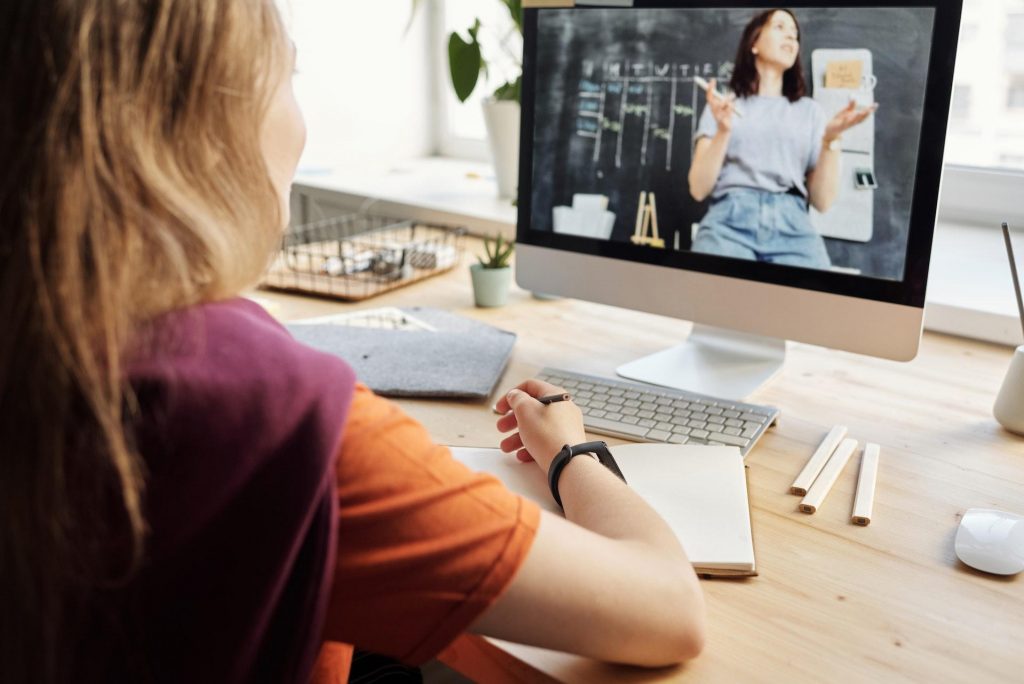




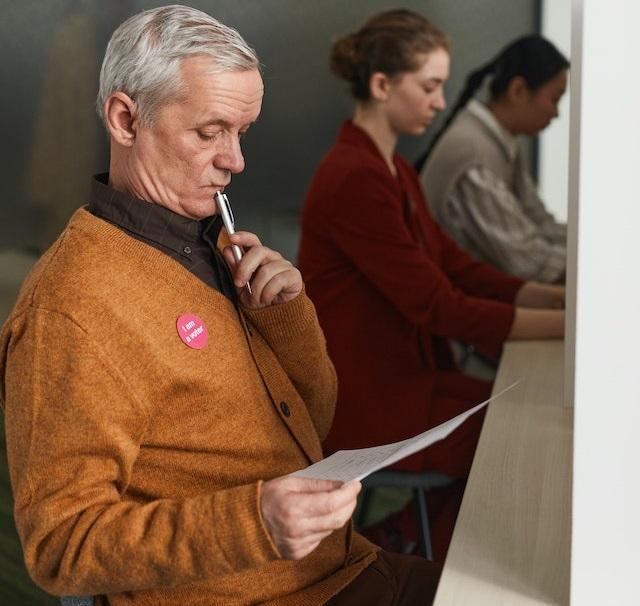

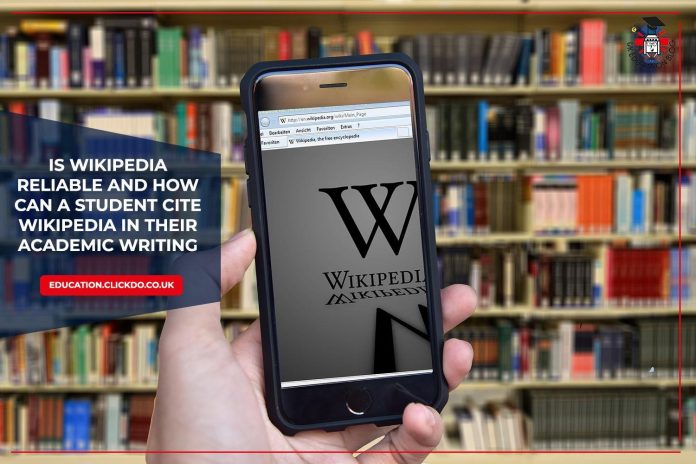
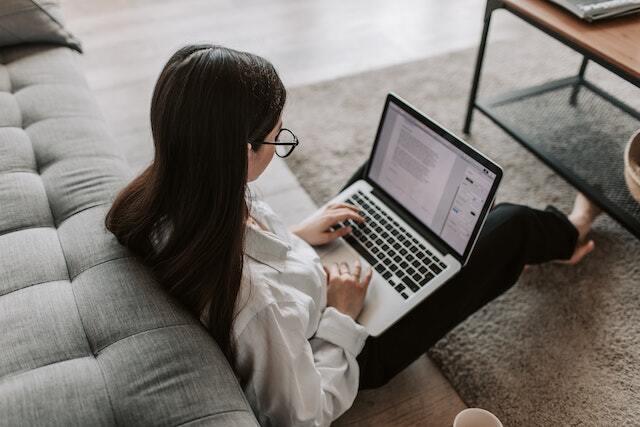 As a free online encyclopaedia that anyone can edit and contribute to, we must ask how reliable Wikipedia really is as a source of information.
As a free online encyclopaedia that anyone can edit and contribute to, we must ask how reliable Wikipedia really is as a source of information.

 APA style is a common citation style used in the social sciences.
APA style is a common citation style used in the social sciences.


 Knowledge assessment is a process that helps teachers see how well students have learned and retained the material and compare their performance with learning objectives. It shows whether students can understand and apply the information they’ve been taught.
Knowledge assessment is a process that helps teachers see how well students have learned and retained the material and compare their performance with learning objectives. It shows whether students can understand and apply the information they’ve been taught. Multiple-choice, true, or false, fill-in-the-blank questions… Simple and proven, quizzes are a mainstay of assessment. Many teachers love using them online as well because quizzes are:
Multiple-choice, true, or false, fill-in-the-blank questions… Simple and proven, quizzes are a mainstay of assessment. Many teachers love using them online as well because quizzes are: Although role-plays are less common than quizzes, they are becoming increasingly popular among teachers. They aim to authentically replicate a given environment or challenge, giving students the opportunity to train for real-life situations.
Although role-plays are less common than quizzes, they are becoming increasingly popular among teachers. They aim to authentically replicate a given environment or challenge, giving students the opportunity to train for real-life situations. Such assignments push your students to think critically and apply the cognitive skills needed to respond in their own words. Essays and open-ended questions have two main benefits:
Such assignments push your students to think critically and apply the cognitive skills needed to respond in their own words. Essays and open-ended questions have two main benefits: The next level method after open-ended questions is discussion. They help students think more deeply, find different perspectives on a topic, and make connections. Teachers have many ways to facilitate student discussions online.
The next level method after open-ended questions is discussion. They help students think more deeply, find different perspectives on a topic, and make connections. Teachers have many ways to facilitate student discussions online. According to the
According to the  Regardless of which method of student assessment you choose, it’s important to remember these key principles:
Regardless of which method of student assessment you choose, it’s important to remember these key principles: If the topic is quite complicated or the test shows poor results, conduct a non-graded survey to find out what caused the difficulties and how to improve the content or teaching methods.
If the topic is quite complicated or the test shows poor results, conduct a non-graded survey to find out what caused the difficulties and how to improve the content or teaching methods.

 Cybersecurity threats come in various forms and are continually evolving. It is essential to teach children about these threats to enable them to identify and avoid them.
Cybersecurity threats come in various forms and are continually evolving. It is essential to teach children about these threats to enable them to identify and avoid them. Cybersecurity education should involve teaching children the skills needed to protect themselves online. Some of the essential cybersecurity skills include:
Cybersecurity education should involve teaching children the skills needed to protect themselves online. Some of the essential cybersecurity skills include: In addition to teaching children about cybersecurity, creating a cyber-safe environment is essential. This involves setting rules and guidelines for using technology and the internet. Parents and teachers can establish guidelines on when and how children can use technology, what websites and apps they can access, and how to communicate safely online.
In addition to teaching children about cybersecurity, creating a cyber-safe environment is essential. This involves setting rules and guidelines for using technology and the internet. Parents and teachers can establish guidelines on when and how children can use technology, what websites and apps they can access, and how to communicate safely online.
 There are a few different ways to finance a school minibus, and you need to work out which will be the best for you and your school. If you rarely use a vehicle, hiring one may be a better solution for ad-hoc travel plans. If you have a school minibus in your fleet, however, you a much more likely to find new uses for one that can often help add to your curriculum or service a school sports team.
There are a few different ways to finance a school minibus, and you need to work out which will be the best for you and your school. If you rarely use a vehicle, hiring one may be a better solution for ad-hoc travel plans. If you have a school minibus in your fleet, however, you a much more likely to find new uses for one that can often help add to your curriculum or service a school sports team. Whichever model of school minibus you choose it needs to be reliable. A breakdown on a motorway or in a car park can be a stressful experience, but it is even more stressful with a classroom full of kids on board. Minibuses are a lot like cars, older ones are more likely to have reliability problems. Modern minibuses are much more reliable, and their engines will have fewer issues and cheaper maintenance costs. Spending a little more on a newer vehicle will save your school money in the long run.
Whichever model of school minibus you choose it needs to be reliable. A breakdown on a motorway or in a car park can be a stressful experience, but it is even more stressful with a classroom full of kids on board. Minibuses are a lot like cars, older ones are more likely to have reliability problems. Modern minibuses are much more reliable, and their engines will have fewer issues and cheaper maintenance costs. Spending a little more on a newer vehicle will save your school money in the long run. The most important features of a school minibus are the safety features. These features help to protect the children during a journey, and you and your school have a duty of care to uphold. Seatbelts for every child are an obvious safety feature, and every minibus should have a seatbelt for every seat. If your minibus requires a special seating configuration, make sure this will not affect the availability of seatbelts.
The most important features of a school minibus are the safety features. These features help to protect the children during a journey, and you and your school have a duty of care to uphold. Seatbelts for every child are an obvious safety feature, and every minibus should have a seatbelt for every seat. If your minibus requires a special seating configuration, make sure this will not affect the availability of seatbelts. Seating on a school minibus is very important. There needs to be a full seat with a seatbelt for every child, and the adults that are along for the ride. If you have students that are wheelchair users or have mobility problems, you need to ensure there is a space for them too. That space may need to have mounting points for a wheelchair to be secured to the vehicle during a journey.
Seating on a school minibus is very important. There needs to be a full seat with a seatbelt for every child, and the adults that are along for the ride. If you have students that are wheelchair users or have mobility problems, you need to ensure there is a space for them too. That space may need to have mounting points for a wheelchair to be secured to the vehicle during a journey. Many people can drive a school minibus with a standard UK driving licence. Make sure you
Many people can drive a school minibus with a standard UK driving licence. Make sure you 
 As with any job, there is no substitute for experience. Knowledge of the real working role will change the way you react and deal with things and shape you as a teacher. It helps you develop and nurture the key skills needed to succeed and gives you a crucial understanding of the role and its requirements.
As with any job, there is no substitute for experience. Knowledge of the real working role will change the way you react and deal with things and shape you as a teacher. It helps you develop and nurture the key skills needed to succeed and gives you a crucial understanding of the role and its requirements. Education is a relationship-based profession. Everything you do involves the building, maintenance, and development of relationships, from students to other professionals. They permeate throughout a school and those who progress successfully are often those who learn to develop, cultivate, and utilize those relationships in positive and powerful ways.
Education is a relationship-based profession. Everything you do involves the building, maintenance, and development of relationships, from students to other professionals. They permeate throughout a school and those who progress successfully are often those who learn to develop, cultivate, and utilize those relationships in positive and powerful ways.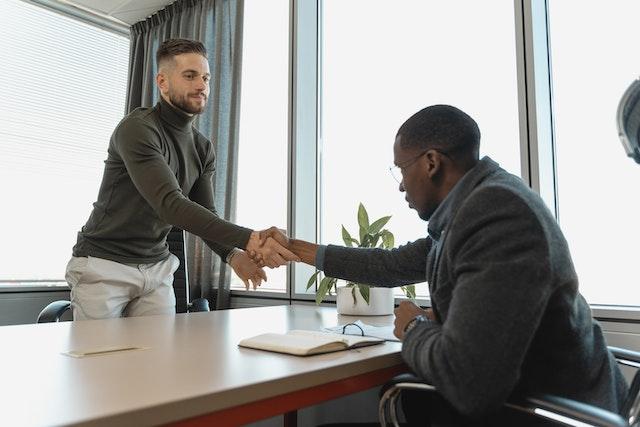 Working with a recruitment agency will help save time and put you ahead of the pack in an often highly competitive industry. They will use their skills and extensive networks to find the perfect role for you with the requirements you are looking for. Their knowledge is invaluable, and they offer fantastic support throughout your job search, from tailoring your CV to helping you showcase any nonprofessional experience.
Working with a recruitment agency will help save time and put you ahead of the pack in an often highly competitive industry. They will use their skills and extensive networks to find the perfect role for you with the requirements you are looking for. Their knowledge is invaluable, and they offer fantastic support throughout your job search, from tailoring your CV to helping you showcase any nonprofessional experience. The education sector never sits still and there are always changes being made. Whether it’s new ways to teach, advances in technology, new syllabuses, or something else, you should always be on the front foot and up to date with any changes. Those who can adapt rapidly and are
The education sector never sits still and there are always changes being made. Whether it’s new ways to teach, advances in technology, new syllabuses, or something else, you should always be on the front foot and up to date with any changes. Those who can adapt rapidly and are  Your skills and experience are both integral to your career progression, but it’s not the only thing that matters. Your personality, determination, and work rate will all impact the level you reach and how quickly. Work hard, stay focused and develop your skills and you will achieve your teaching career goals. Remember, your natural characteristics and personality will often open doors in your career when your skill sets are equally matched.
Your skills and experience are both integral to your career progression, but it’s not the only thing that matters. Your personality, determination, and work rate will all impact the level you reach and how quickly. Work hard, stay focused and develop your skills and you will achieve your teaching career goals. Remember, your natural characteristics and personality will often open doors in your career when your skill sets are equally matched.
 One of the reasons why
One of the reasons why  If you are tasked with teaching a class online, you need to be consistent. You need to get there on time so you’re ready to teach, you need to have a good lesson play, ideally with a starter to get people’s minds working, and you’ll need to work to a set routine.
If you are tasked with teaching a class online, you need to be consistent. You need to get there on time so you’re ready to teach, you need to have a good lesson play, ideally with a starter to get people’s minds working, and you’ll need to work to a set routine. This might sound strange, but reminding your students to eat healthy, energy-giving snacks and drink plenty of water throughout the day can make a big difference. It’s easy to forget to do these things or put them off until later when you’re busy with school or college work.
This might sound strange, but reminding your students to eat healthy, energy-giving snacks and drink plenty of water throughout the day can make a big difference. It’s easy to forget to do these things or put them off until later when you’re busy with school or college work.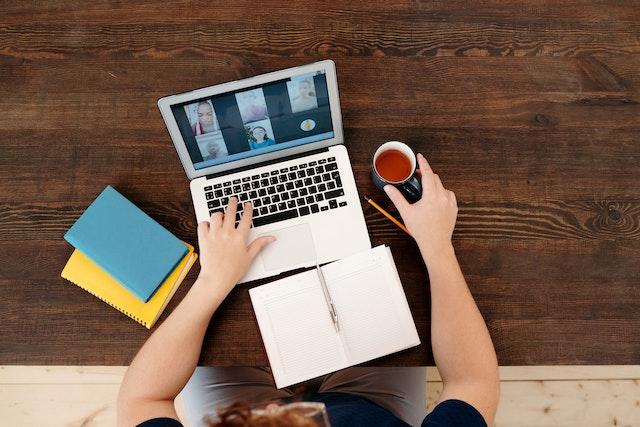 Your students wouldn’t have their phones or tablets with them in a traditional classroom (or at the very least, they wouldn’t be constantly looking at them – or looking at them at all), so you could make it a rule that they shouldn’t look at their devices while they are in class with you. Although they might think they can quickly check Instagram or TikTok, if they are in class, they’re meant to be listening to what you’re saying or carrying out work you’ve asked them to do.
Your students wouldn’t have their phones or tablets with them in a traditional classroom (or at the very least, they wouldn’t be constantly looking at them – or looking at them at all), so you could make it a rule that they shouldn’t look at their devices while they are in class with you. Although they might think they can quickly check Instagram or TikTok, if they are in class, they’re meant to be listening to what you’re saying or carrying out work you’ve asked them to do. It can be hard to teach online because of a more distant kind of interaction with your students. Because of this, you might not notice if someone is distracted or seemingly worried about something.
It can be hard to teach online because of a more distant kind of interaction with your students. Because of this, you might not notice if someone is distracted or seemingly worried about something.
 The world is becoming globalized. And the traditional approach to schooling is becoming increasingly inadequate to meet the needs of students around the world.
The world is becoming globalized. And the traditional approach to schooling is becoming increasingly inadequate to meet the needs of students around the world.
 Different students, naturally, have different learning styles, schedules, and goals. Constraining the students to a single location, fixed timetable, and defined curriculum can limit their educational potential.
Different students, naturally, have different learning styles, schedules, and goals. Constraining the students to a single location, fixed timetable, and defined curriculum can limit their educational potential. With large migrations across Europe and Asia, schools look more diverse than ever. It’s estimated that in high-income countries,
With large migrations across Europe and Asia, schools look more diverse than ever. It’s estimated that in high-income countries, Students in remote areas have had problems accessing quality education all throughout history. With no need to commute from one place to another,
Students in remote areas have had problems accessing quality education all throughout history. With no need to commute from one place to another, 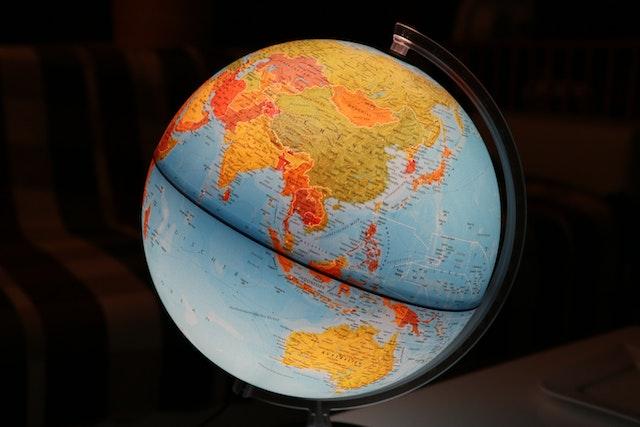 According to
According to